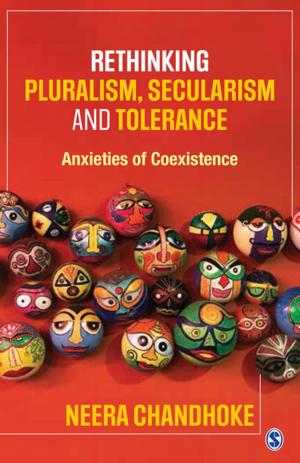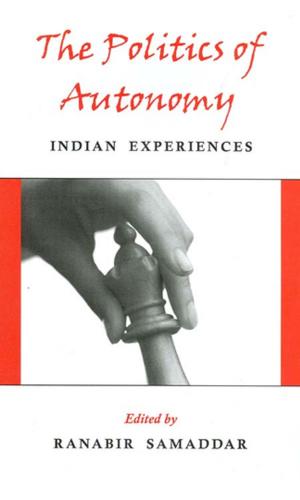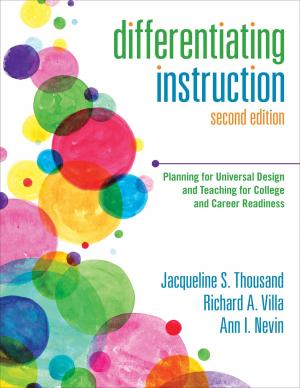Living the Body
Embodiment, Womanhood and Identity in Contemporary India
Nonfiction, Social & Cultural Studies, Social Science, Gender Studies, Women&| Author: | Meenakshi Thapan | ISBN: | 9789352801664 |
| Publisher: | SAGE Publications | Publication: | January 14, 2009 |
| Imprint: | Sage Publications Pvt. Ltd | Language: | English |
| Author: | Meenakshi Thapan |
| ISBN: | 9789352801664 |
| Publisher: | SAGE Publications |
| Publication: | January 14, 2009 |
| Imprint: | Sage Publications Pvt. Ltd |
| Language: | English |
This book explores the development of a sociology of embodiment in the context of women’s lives in contemporary, urban India. Through a critical analysis of gender and class, the author unravels the complexities that are intrinsic to the multi-layered and fluid construction of woman’s identity in relation to embodiment.
Living the Body: Embodiment, Womanhood and Identity in Contemporary India is the first book that unfolds an understanding of women’s experience of embodiment by a careful analysis of the facts gathered from an Indian metropolis. The author brings out numerous voices representing multiple subjectivities through interviews of working class slum women, professional upper class women, adolescent young women in secondary schools and in a slum, and the visual and textual representation of women in a women’s magazine in English.
The book will be a compelling read for academicians and students working in the fields of sociology, women’s studies, communication and media studies, anthropology, sexuality and gender studies. It would also interest a wide urban readership, especially NGOs and all those concerned about women’s and gender issues.
This book explores the development of a sociology of embodiment in the context of women’s lives in contemporary, urban India. Through a critical analysis of gender and class, the author unravels the complexities that are intrinsic to the multi-layered and fluid construction of woman’s identity in relation to embodiment.
Living the Body: Embodiment, Womanhood and Identity in Contemporary India is the first book that unfolds an understanding of women’s experience of embodiment by a careful analysis of the facts gathered from an Indian metropolis. The author brings out numerous voices representing multiple subjectivities through interviews of working class slum women, professional upper class women, adolescent young women in secondary schools and in a slum, and the visual and textual representation of women in a women’s magazine in English.
The book will be a compelling read for academicians and students working in the fields of sociology, women’s studies, communication and media studies, anthropology, sexuality and gender studies. It would also interest a wide urban readership, especially NGOs and all those concerned about women’s and gender issues.















